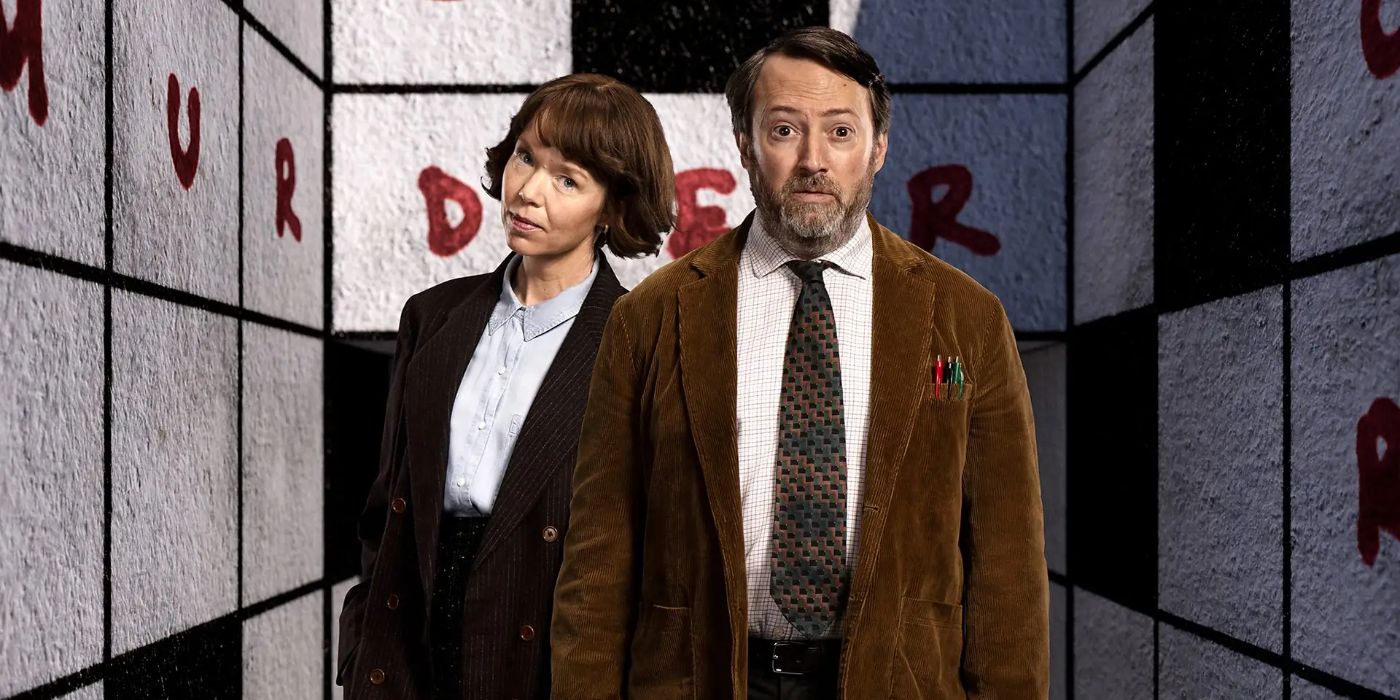Summary
- The portrayal of bullets on the moon in For All Mankind is chillingly accurate, as they travel with haunting precision due to the lack of air and oxygen to disrupt their trajectory.
- The aftermath of a bullet puncturing a spacesuit in space is both petrifying and authentic, as the oxygen-filled suit can quickly turn into an infernal chamber when breached.
- For All Mankind strikes a delicate balance between scientific accuracy and imaginative storytelling, inviting viewers to navigate the realms of possibilities and probabilities in our universe with curiosity and skepticism.
Riveting, perplexing, and threaded with the abstractions of ‘what could have been’—this is how audiences have catapulted themselves through the space-time continuum depicted in Apple TV+’s series For All Mankind. The series charts an intricate alternative history, a cosmos where the Soviet Union proudly plants its flag on the moon’s barren surface before the United States, spiraling both superpowers into an unending space race. But as the tales of moonwalks and cosmic conflicts unravel on the screen, there surfaces a pragmatic query: How much of this interstellar narrative gleans truth from the scientific laws governing our universe?
Navigating through this cosmic portrayal, Chris Hadfield, an astronaut with feet firmly planted in both scientific and storytelling worlds, lent his expert gaze to scrutinize a particularly grim depiction of death in the aforementioned series. Hadfield, experienced in the authentic silence of the cosmos, put under the microscope a scene from For All Mankind in a special breakdown for Vanity Fair, where an American astronaut fiercely ends a Soviet astronaut’s lunar expedition—with a gun.
But is the rendering of a bullet speeding through the weightlessness and silence of the moon’s environment precise? Hadfield nods in unsettling agreement.
What permeates this acknowledgment is the recognition of the horrifying reality of how gunfire operates in the vacuum of the moon. Unlike its earthly counterpart, a bullet on the moon, devoid of air and oxygen to disrupt its trajectory, travels with haunting precision, straighter and farther into the abyss. The portrayal of such a scenario in For All Mankind doesn’t simply draw from a well of imagined horrors, but rather bathes in a chilling accuracy that aligns with the physical realities of our universe.
Moreover, the aftermath of such a bullet puncturing a spacesuit, according to Hadfield, is equally petrifying and authentic. A spacesuit, cushioning its inhabitant with a hundred percent oxygen, can turn into an infernal chamber when breached. History has witnessed this, as Hadfield recalls an incident during a test at the Johnson Space Center, where even aluminum, veiled in flames, narrated the horrors of what could transpire inside a suit, albeit thankfully unoccupied by a human during the incident. Oxygen, the life-giving force, transforms into a silent executioner in the blink of an eye when exposed to a spark in such an environment.
RELATED: For All Mankind: Why Space Enthusiasts Should Watch the Apple TV+ Show
Where Science Meets Spectacle: Chris Hadfield’s Teetering Traverse Through For All Mankind
Via: Sony Pictures Television
A glance at For All Mankind through Hadfield’s eyes is not monochrome. His journey through its episodes has meandered through admiration and critique alike. The seasoned astronaut had once termed watching parts of the series as “excruciating,” punctuating its “cartoonish” elements that liberally traversed beyond scientific accuracy.
Nonetheless, there is an alluring pull to the series that can be glimpsed through Hadfield’s own lens as a storyteller, notably an author who explored the functioning of firearms on the moon in his thriller, The Apollo Murders. It is perhaps this twofold perspective, rooted in science and creativity, that ushers forth not only critique but also commendation for the show’s moments of adherence to scientific truth.
Hadfield’s critiques and commendations alike towards For All Mankind weave a fascinating tapestry, for they highlight a vibrant tension between narrative liberty and scientific fidelity. His words also hover over other cinematic ventures, such as Guardians of the Galaxy Volume 3 and The Expanse, signposting where filmmakers allowed imagination to eclipse reality for the sake of cinematic allure.
So, where does this leave For All Mankind in the vast scape of sci-fi storytelling? It is neither a beacon of unwavering scientific accuracy nor a mere vessel for unbridled fantastical tales. It sails, rather intriguingly, between the two— sometimes alighting upon the shores of realism, while at other times venturing into the boundless seas of imaginative speculation. This navigation through the tumultuous waves of creativity and realism not only crafts an engaging viewer experience but also evokes ponderous reflections on the realms of possibilities and probabilities in our universe.
In the end, Hadfield’s reflections on the series offer audiences not a clear demarcation between cinematic right and wrong, but rather an invitation to peer into the narratives with eyes gleaming with curiosity and skepticism in equal measure, propelling us to constantly oscillate between awe and inquiry as we journey through the tales that await beyond our earthly horizons.
You can view the original article HERE.






























